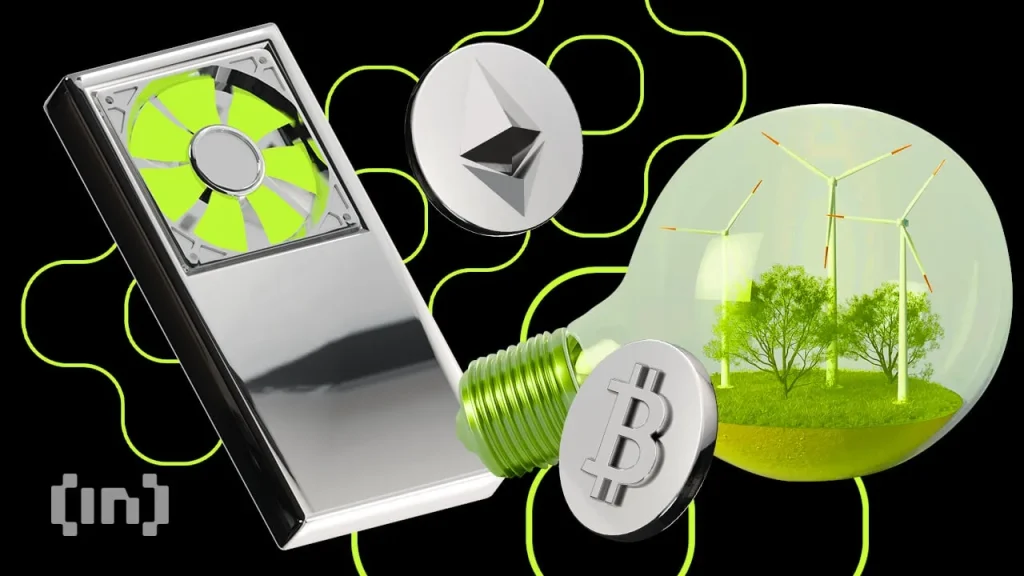US Senators Sheldon Whitehouse and John Fetterman presented the 2025 Clean Cloud ACT. The bill aims to reduce carbon emissions from crypto mining operations and artificial intelligence centers that consume a lot of energy.
This occurs at a time when Bitcoin miners are moving more and more toward renewable energy sources to feed their operations.
Clean Cloud ACT connects increased energy demand for bitcoin mining
According to the bill, the Environmental Protection Agency (EPA) would have the authority to define annual carbon performance standards for installations with more than 100 kilowatts of installed IT power.
These patterns would become more rigid each year, with emission limits falling 11% annually.
Companies that exceed the limit will pay an initial fee of $ 20 per ton of equivalent carbon dioxide. This rate will increase annually, adjusting to inflation and an additional $ 10 per ton. The project also imposes rigorous accounting methods to include indirect network emissions.
Legislators argue that cryptian miners and AI centers are increasing the demand for energy at an unsustainable pace. According to them, current energy sources cannot keep up with the rapid growth of Demand for Bitcoin Mining.
They pointed out that the data centers alone use 4% of all electricity in the US and can reach 12% by 2028. They also pointed out that dealers even reactivated old coal plants to meet the growing demand, worsening the carbon footprint in the country.
Considering this, Senator Whitehouse commented that this pressure is raising electricity costs for consumers. He stated that the bill would encourage technology companies to invest in clean energy and help ensure that US power grid could reach zero net emissions in the next decade.
“The good news is that we do not need to choose between leading the world in AI and leading the world in climate safety: large technology companies and AI have all the money in the world to pay for the development of new clean energy sources, rather than overloading local networks and increasing pollution by fossil fuel. declared the legislator .
To protect low -income families, 25% of the revenue generated with emission penalties will be used to compensate for energy costs. The rest will fund subsidies that support long -term storage projects and clean energy generation.
Meanwhile, this measure arises as the crypto industry gradually transits to greener energy.
A recent report from Mica Crypto Alliance shows that renewable energy fueled 41% of Bitcoin mining by the end of 2024 compared to 20% in 2011.

Following this rapid adoption rate, the report provides that renewable sources may support more than 70% of Mining Activities By 2030, driven by cost efficiency, evolving policies and broader change towards sustainable practices.
Exemption from liability
All information contained on our site is published in good faith and only for general information purposes. Any action that the reader takes based on the information contained on our site is at his own risk.





